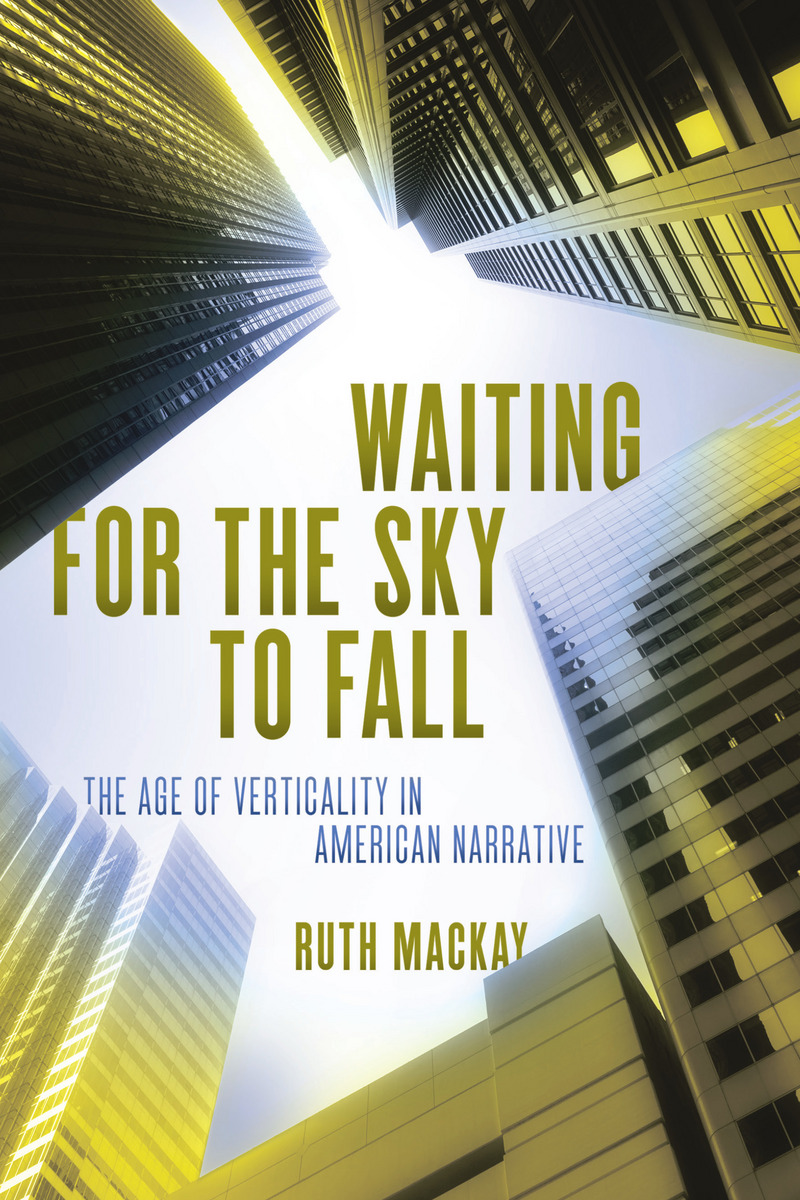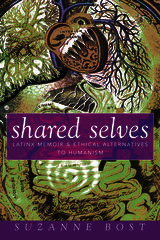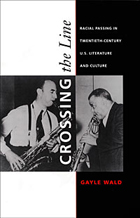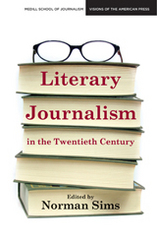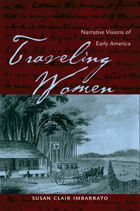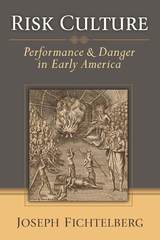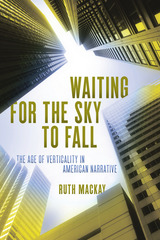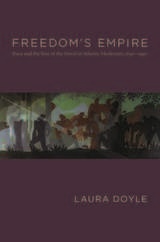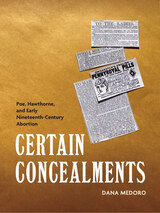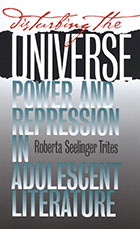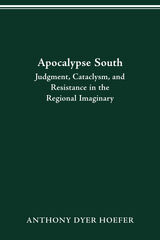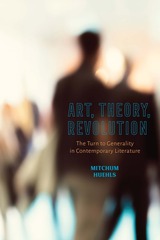Waiting for the Sky to Fall: The Age of Verticality in American Narrative
The Ohio State University Press, 2016
eISBN: 978-0-8142-7416-3 | Paper: 978-0-8142-5363-2 | Cloth: 978-0-8142-1308-7
Library of Congress Classification PS369.M33 2016
Dewey Decimal Classification 810.9005
eISBN: 978-0-8142-7416-3 | Paper: 978-0-8142-5363-2 | Cloth: 978-0-8142-1308-7
Library of Congress Classification PS369.M33 2016
Dewey Decimal Classification 810.9005
ABOUT THIS BOOK | AUTHOR BIOGRAPHY | REVIEWS | TOC
ABOUT THIS BOOK
Waiting for the Sky to Fall: The Age of Verticality in American Narrative by Ruth Mackay traces the figures of flight, grievous falls, and collapsing towers, all of which haunt American narratives before and after 9/11. Mackay examines how these events prefigure 9/11, exploring the narrative residue left by the “end” of horizontal space—when settlers reached America’s Pacific Coast, leaving nowhere westward on the continent to go. She then continues into the aftermath of the fall of the Twin Towers. This period of time marks an era of verticality: an age that offers a transformed concept of the limits of space, entwined with a sense of anxiety and trepidation.
With this study, Mackay asks: In what oblique ways has verticality leaked into American narrative? Why do metaphors of up and down recur across the twentieth century? With close readings of Jonathan Safran Foer’s Extremely Loud and Incredibly Close, Winsor McCay’s comic strip Little Nemo in Slumberland, Upton Sinclair’s Oil! and its film rendering There Will Be Blood, Allen Ginsberg’s poetic dissections of the nuclear bomb, and Leslie Marmon Silko’s imagining of flight in Almanac of the Dead, this interdisciplinary study culminates with a discussion of Philippe Petit’s tightrope walk between the Twin Towers. Waiting for the Sky to Fall examines how vertical representation cleaves to, and often transforms the associations of, specific events that are physically and visually disorienting, disquieting, or even traumatic.
With this study, Mackay asks: In what oblique ways has verticality leaked into American narrative? Why do metaphors of up and down recur across the twentieth century? With close readings of Jonathan Safran Foer’s Extremely Loud and Incredibly Close, Winsor McCay’s comic strip Little Nemo in Slumberland, Upton Sinclair’s Oil! and its film rendering There Will Be Blood, Allen Ginsberg’s poetic dissections of the nuclear bomb, and Leslie Marmon Silko’s imagining of flight in Almanac of the Dead, this interdisciplinary study culminates with a discussion of Philippe Petit’s tightrope walk between the Twin Towers. Waiting for the Sky to Fall examines how vertical representation cleaves to, and often transforms the associations of, specific events that are physically and visually disorienting, disquieting, or even traumatic.
See other books on: Fall | Metaphor | Place (Philosophy) | Sky | Space and time
See other titles from The Ohio State University Press
